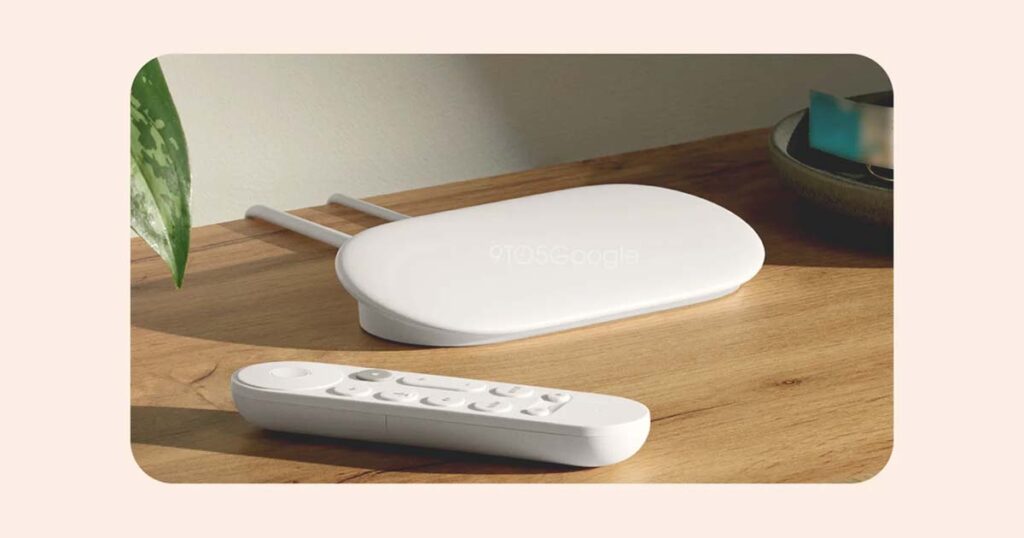Initial reviews are in, and by all accounts Apple’s Vision Pro is the best AR/VR/Spatial Computing device to hit the market. Apple CEO Tim Cook has long been saying that augmented reality is the future of computing, and while the tech giant’s entry to the market is bound to push more users towards the experience, we're ignoring one crucial detail. If we all start wearing screens on our face, we’ll go blind.
Myopia or short-sightedness has already been deemed a pandemic by the optometry community. As of 2022 40% of Australians have been diagnosed with myopia, and by 2050 it is estimated that over half of the world’s population will need a prescription for the condition. These issues, according to visual therapist Dr Miki Zilnicki stem from screen use.
“There is going to be a huge increase in myopia because of all of this device use, and that is really what the biggest concern is,” said Dr Zilnicki. “We are literally living in evolution, our visual systems are changing because of our environment.”
Myopia prescriptions can cause the eyeball to elongate from it’s normal sphere shape to an ellipsoid - this leaves the eye more prone to retinal tears, holes, detachments, cataracts, and blindness. If current trends of screen use continue, the Australian Institute of Health and Welfare predicts that up to a fifth of those diagnosed with myopia will see a significantly increased risk of blindness. What if those trends are expedited? What if instead of sitting 40cm from our screens, we pushed them just centimetres from our eyes?
Current recommendations tell us to limit screen time, to take a break every 20 minutes and go touch grass. Advice around VR headsets is the same, but that isn’t conducive with the marketing for the Vision Pro. Promotional materials show people going about their day wearing these goggles; doing laundry, watching movies, chatting while your LED eyeballs make some form of eye contact with the other person. Apple, and indeed Tim Cook himself want the use of the Vision Pro and reality to blend. Back in 2017 Cook said,
“Unlike Virtual Reality, which closes the world out, AR allows individuals to be present in the world.” He’s reiterated this same belief over and over again in as many words. The idea of the Vision Pro is not to isolate the user to its own little world, but instead open up the world while wearing it. It doesn’t seem like the kind of thing Apple wants you putting down every 20 minutes.
Ocular health around headsets isn’t just an Apple problem of course. Many VR headsets including the Meta Quest 3 include features like eye-relief adjustments that allow for better visual comfort, and prescription lenses for the glasses themselves. These accommodations are something, but they don’t get to the core of the issue - our bodies simply aren’t designed to be staring at things up close.
There is no doubt that the Vision Pro is an awesome product. Its displays are insane, the user experience has been thoughtfully considered, eye tracking and motion controls are moving us closer to the sci-fi future we were told would come in this millennium - but making this the future of personal computing will be a physical challenge as much as it is a technical one.





